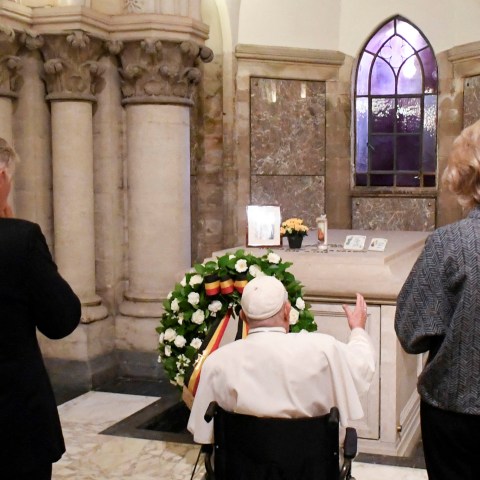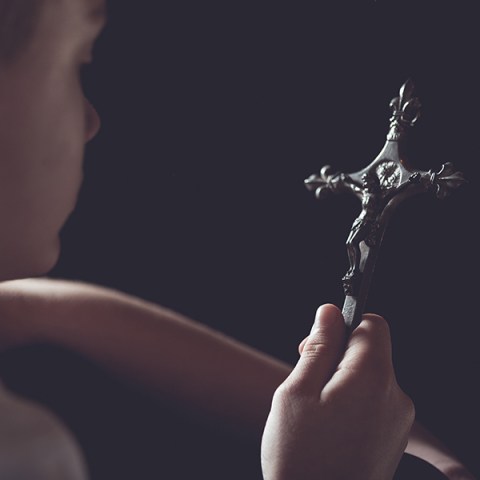In Guadalajara, in western Mexico, parishioners of the Mexicaltzingo neighborhood perform the same ritual every Friday. It takes place after mass is celebrated at St. John the Baptist parish, where the Señor de la Penitencia (Lord of Penance) crucifix is on display.
First, the priest removes the statue’s crown of thorns (a stylized golden one without actual thorns) while the faithful queue up. Then, one by one, he places it on their heads for a brief moment. While the exact origin of this custom is unknown, its purpose is clear: to encourage repentance.
The origin of the statue
The crucifix has an interesting history (related by the El color de la fe website, among other sources), dating back to the 16th century, when the Mexicaltzingo neighborhood was developing during the Spanish conquest. At that time, only a small chapel provided masses for the locals, maintained by the local population. Franciscan friars from a neighboring friary, the San Francisco of Guadalajara, went there to hold services and celebrate the sacraments.
The statue, fashioned life-size from corncob paste, was in the chapel for a hundred years. Its condition deteriorated over time, and the Franciscans decided it should be burned. However, the parishioner to whom they entrusted the task asked permission to keep the image for personal veneration instead.
Eventually, he brought it to a nearby Dominican monastery to have some work done on it. There, the story goes, the statue miraculously repaired itself, and was consequently destined again to public veneration in the chapel of St. John the Baptist. Today the chapel has become a parish and shrine where people venerate the image.
Whether all the details of this story are true or a legend, no can say for sure. But a deep devotion grew up around this image of the crucified Christ. In fact, several sudden healings were also attributed to the statue.
A call to penance
Since the 18th century, on the Tuesday just before Ash Wednesday the parish priest goes up to symbolically cleanse Christ on the cross with cotton. He removes the crown and the cloth around the Lord's hips to place them on the faithful to invite them to unite themselves to Christ’s passion offered for our sins.
As they come to receive the crown of the Lord of Penance on their heads, the faithful recite the following short prayer: "We adore, Lord, your crown and we remember your holy Passion." The priest also repeats the placing of the crown on peoples’ heads on Fridays throughout the year.
Its impact today
One parishioner named Susana told a reporter of the Polish website Misyjne that devotion to Jesus under the title of the Lord of Penance helped her during the COVID pandemic. “During this time, I became very close to the Lord of Penance and the parish. I started going to masses every day to broadcast them, which connected me more closely with God. I started to live with the hope that comes from faith and to appreciate every little element of the Holy Mass,” she said.
Another parishioner, Christina Landers, said, "I've been coming here since I was a child, for over 50 years. My parents took us to services where the Lord invites us to penance. (...) It's very important, because in today's world, we're not very willing to try to eliminate what prevents us from advancing on our way to God, or to make efforts to please Christ more and more, and to unite ourselves to his Passion," she adds.
It's a way of remembering Christ's sacrifice for humanity, and repenting for not always making ourselves worthy of it.










